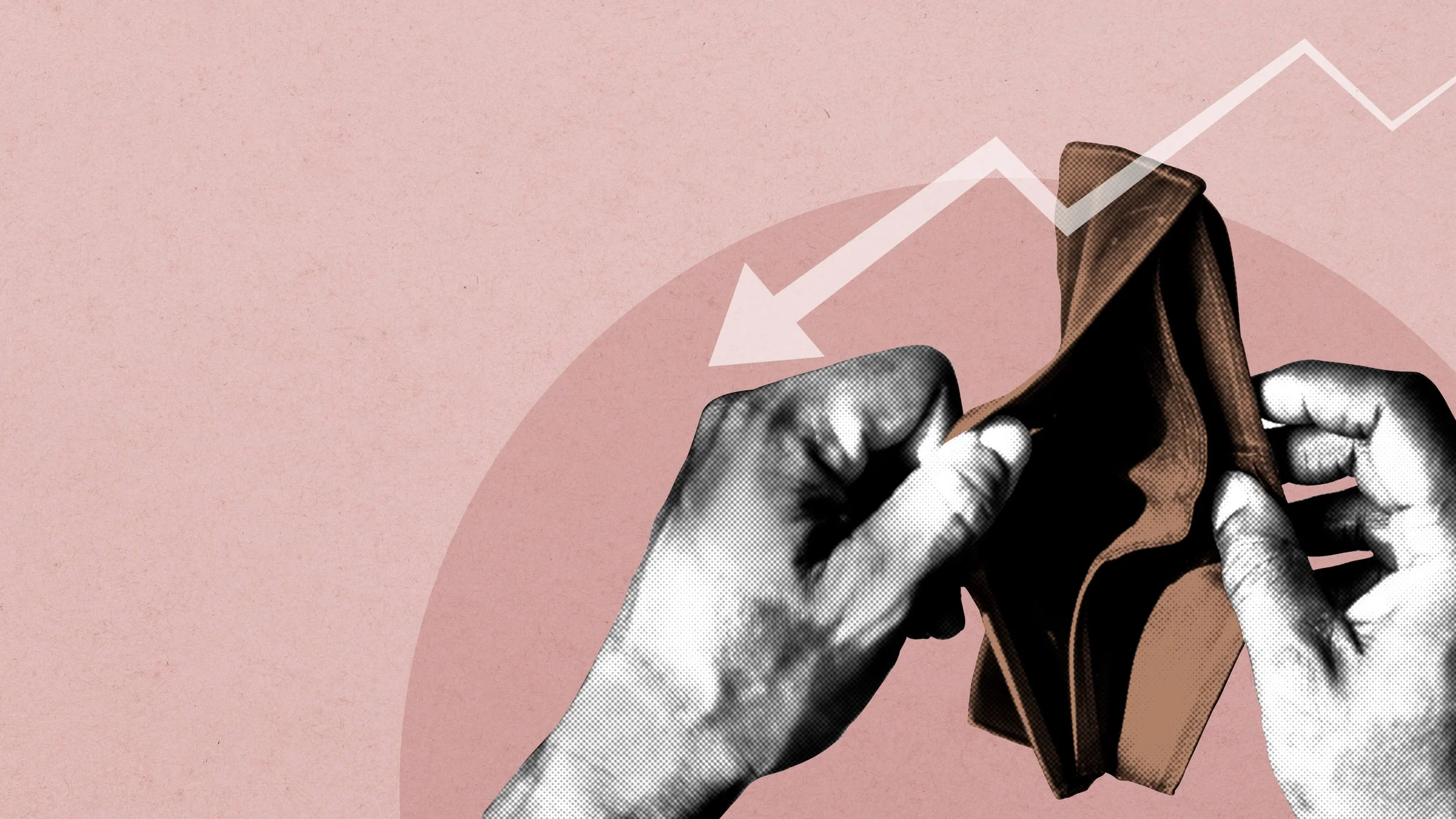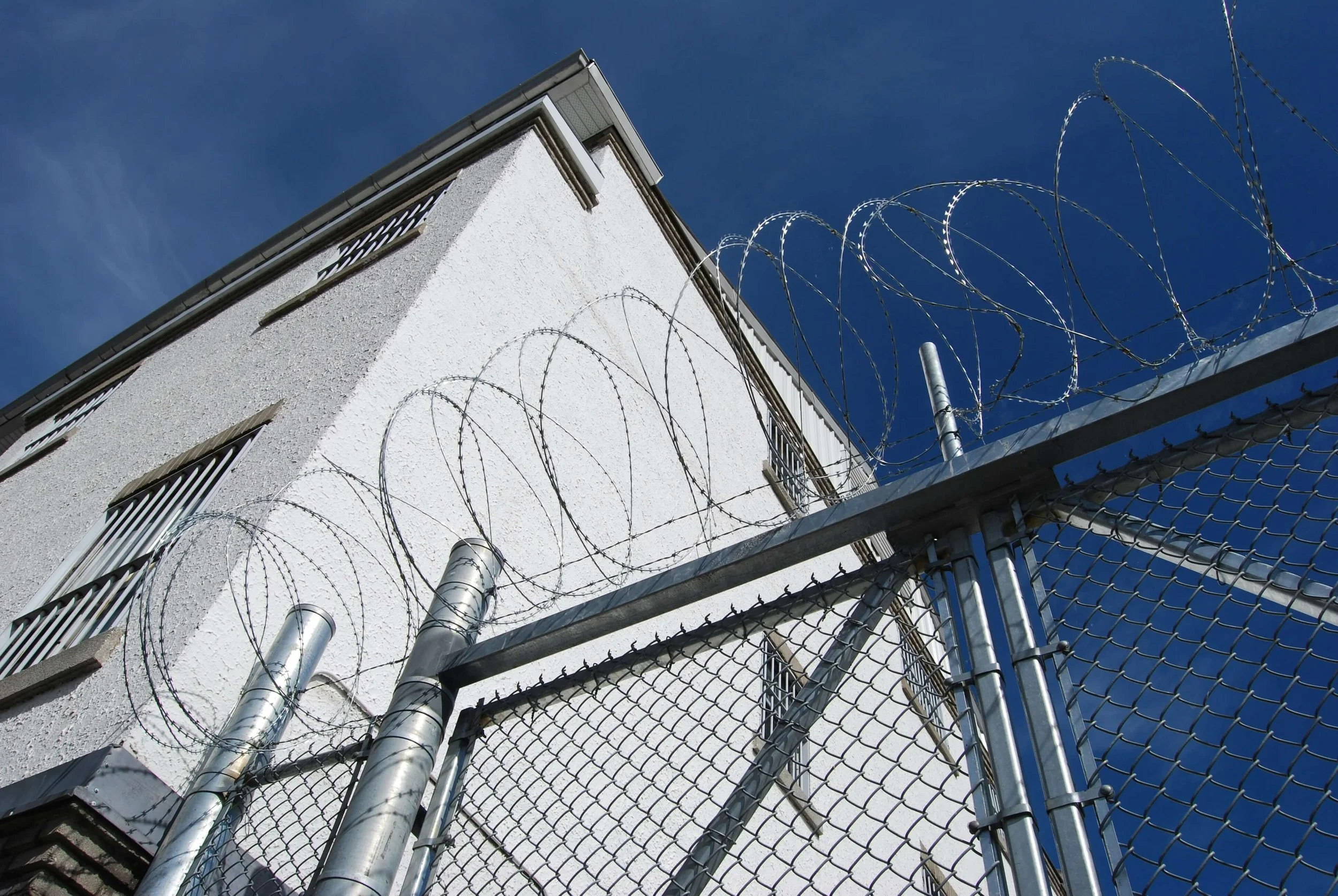Jail Cost Shifting Creates Financial Crisis for the Poor
It is a misnomer to believe the public covers all the costs of incarceration and operations of jails. Jails shift the cost burdens of operations onto inmates and their families through excessive fees charged to inmates and through inflated private contracts with private vendors who provide food, clothing, and communications.
Vendors will offer kickbacks (“bribes”) to get county administrators to sign up. The Virginia Interfaith Center for Public Policy released a hard-hitting video on the matter. A must see.
These costs — rent, food, communications, hygiene, and clothing — are passed on to families trying to assist loved ones with basic material and emotional needs while incarcerated. Many of these families end up in debt and in financial distress. Excessive Fees disproportionately harm low-income families as the median annual income of a person incarcerated hovers around $19,000.
Hadar Aviram, a professor at the University of California, Hastings College of the Law, comments that “Public prisons are public only by name. These days, you pay for everything in prison.”
A Growing Practice
“There are an estimated 10 million people who owe more than $50 billion resulting from their involvement in the criminal justice system… In the last few decades, fees have proliferated, such as charges for police transport, case filing, felony surcharges, electronic monitoring, drug testing, and sex offender registration.”
Fees versus Fines
“Fees are not the same as fines. Fines are intended to serve as punishment, whereas fees and surcharges are explicitly designed to raise revenue for the government. But both fines and fees bring governments revenue as if they were taxes, and this method of funding government inflicts considerable harm on already impoverished communities” according to the Vera Institute in their 2021 report “The High Price of Using Justice Fines and Fees to Fund Government in Virginia.”
Let’s look at one of the most egregious fees – “Keep Fees”.
Keep Fees or Daily Rent
Keep Fees are the daily rent jails across the country charge inmates while incarcerated and can run from $3 per day to as high as $60 per day in some parts of the country. In Eaton County Michigan, the jail bills you $32 per day. The reality is Keep Fees vary by state in terms of the maximum allowed to be charged and vary within the states by county in terms of practice on how high they bump up to the maximum.
The Eighth Amendment and Link to Slavery
Some legal experts argue that these keep fees violate the Eighth Amendment constitutional protection against excessive fines. In a 9-0 U.S. Supreme Court decision, Clarence Thomas noted that excessive fines were used after the civil war to re-enslave freed men.
In a New York Times article titled “Slavery gave America a fear of black people and a taste for violent punishment. Both still define our criminal-justice system,” the author notes that we cannot understand excessive punishment that permeates the U.S. mass incarceration system without understanding its roots in the legacy of slavery.
“Laws governing slavery were replaced with Black Codes governing free black people — making the criminal-justice system central to new strategies of racial control.”
How Did Keep Fees Originate?
In 1846, Michigan enacted the nation’s first legislation authorizing counties to charge jail inmates for the costs of medical care.
This is the Brennan Center for Justice:
“For years, counties and states have authorized prison officials to charge inmates for costs associated with incarceration dubbed “pay-to-stay” programs. These charges range from “per-diems” for their stays to charges for meals, toilet paper, clothing, medical co-pays, and dental fees. Many jurisdictions have begun charging inmates fees in order to collect any money they can to offset staggering correctional costs. In an effort to curry favor with voters, many policymakers and sheriffs tout the advantages of charging inmates fees to decrease the taxpayers’ need to foot the bill for incarceration.”
In the early 1990’s, a Chicago law clerk wrote an op-ed in the Chicago Tribune suggesting that inmates with financial assets should earn their room and board through prison labor and pay rent to cover the increased costs of operating jail and prison facilities due to overcrowding.
Today, the practice is accelerating. In Virginia county jails, inmates working on VDOT crews get paid $2 per hour but are charged $350 for their boots and jumpsuits. Even at 40 hours per week, which they do not get, it would take over a month to work off their uniforms at that pay rate. Per their work contracts, jails can take up to 60 days to pay inmates for their work. I have read the fine print as I helped other inmates complete their workforce applications.
Fees Perpetuate Incarceration
When someone is released from incarceration they are often in debt and have little financial resources. The fee system only perpetuates the cycle of incarceration by burdening former inmates and their families and by throwing up hurdles that prevent them from successfully reintegrating into society.
Brittany Friedman is a sociologist at the University of Southern California. Her research shows that jail debt does the opposite of reducing the cost of incarceration. Effects of jail debt can be far-reaching. Per Dr. Friedman:
“If pay-to-stay is really meant to offset the costs of incarcerating people, then why are we sticking them with a bill that then further tethers them to the system?
Echoing similar sentiments, University of Washington sociology professor Alexes Harris describes these fees as the “perfect system to maintain inequality, create inequality and sustain it over time”.
“The process perfectly labels, stigmatizes, financially burdens and imposes further legal consequences to poor people. … Somebody who is poor has that debt for life, and it tracks them for life. It’s a long-term duration of punishment for poor people.”
Are Fees an Effective Policy?
The answer is “No!” To be fair and balanced here, the reality is that the collection rates by counties range from 10% to 20% at most. Inmates are either unable to pay, refuse to pay, or devise ways to work around the system. The county jail system is fragmented across the country and within each state. It is difficult to parse and even more difficult to develop coherent and consistent policies across the board and on scale. So why do it at all?!
In San Francisco, The Financial Justice Project concluded that criminal justice administrative fees charged were collected at an average rate of 17%. “In other words, it is highly ineffective as a revenue source, but as a moral force it is downright depraved.”
Joanna Weiss is the co-director of the Fines and Fees Justice Center in New York that works to eliminate fees in the justice system. “The justice system is meant to serve everyone — it does serve everyone — and it needs to be funded equitably, not on the backs of people going through it,” Weiss said.
Keep Fees Block Access to Food
Inmates go hungry while incarcerated. Keep Fees have a relationship to the food and communications systems in jails, but more on that in a later blog post. The relationship to food is this: if an inmate is behind on paying Keep Fees, then any attempt by friends or family to add money to their commissary account so the inmate can purchase needed food is partially seized by the jail to offset the Keep Fee debt. Thus, the Keep Fee system exacerbates hunger and mental distress. It is wrong.
Luckily, state and national groups are working to address all the injustices of excessive fees in jails and prisons, but there is a long way to go.



